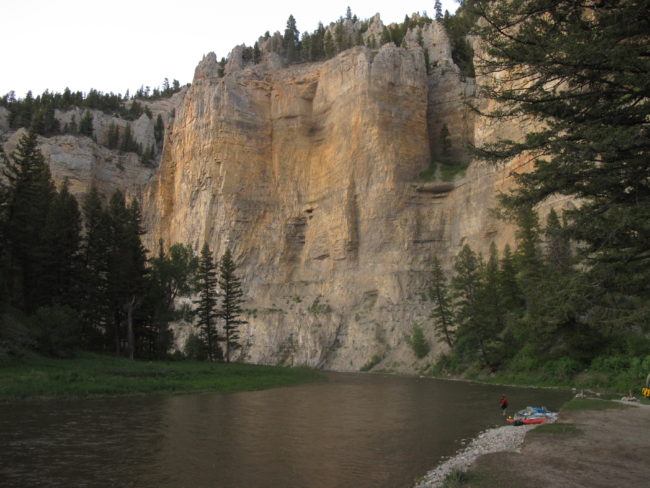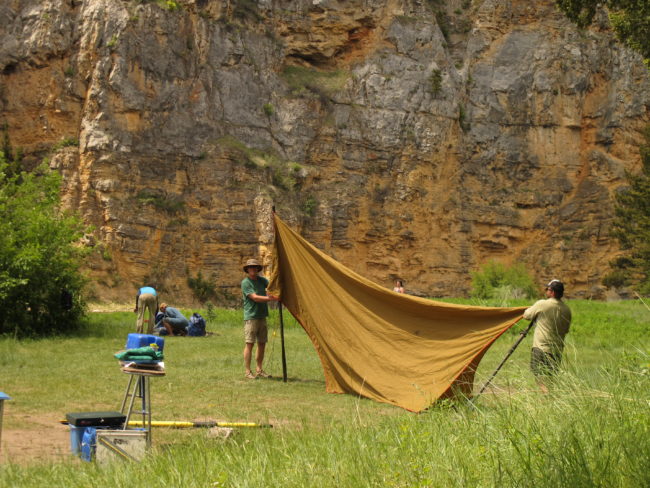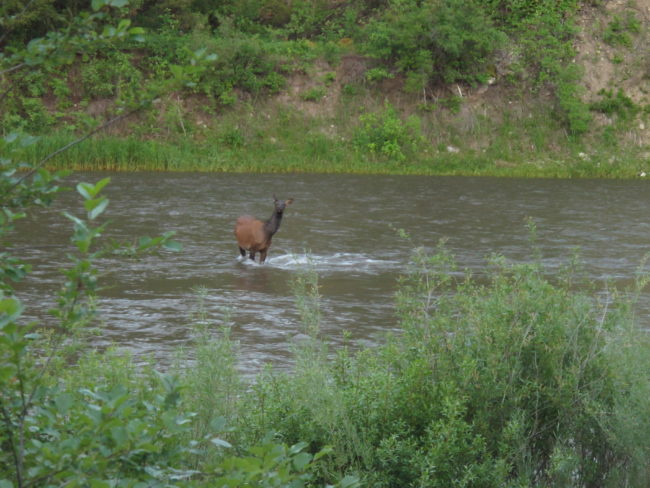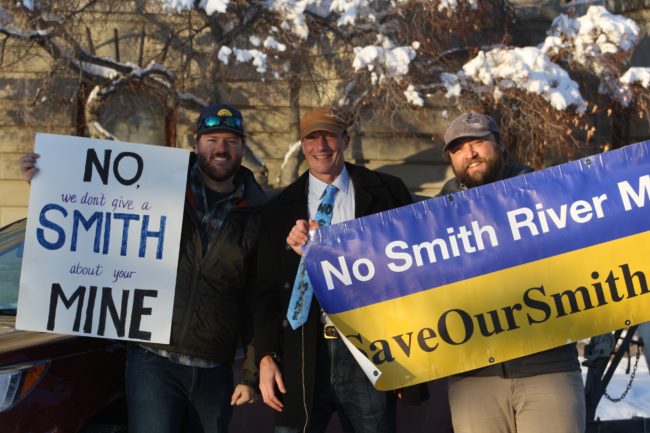Here’s Where Things Stand, and What you can do.

by Derf Johnson
After years of back and forth between the Montana Department of Environmental Quality (“DEQ”) and Sandfire Resources (formerly Tintina), we are now facing down a final decision by DEQ that will have incredibly significant ramifications for whether Sandfire can proceed with actually mining. DEQ will release a final environmental impact statement (“EIS”) determining whether Sandfire can move forward with an idea that’s conceptually worse than a concrete parachute and riskier than a reporter asking Congressman Gianforte a question.
While I maintain some small scrap of hope that DEQ will do the right thing for the Smith River, comply with the law, and deny the permit – the reality is that DEQ has never denied a hardrock mining permit. DEQ’s “permit mill” has led to copious hardrock mine (and coal mine) environmental disasters across the state, both historic and modern, that’d fill a coffee table book from end to end and horrify your house guests.

Looking back in time, the permitting process for this mine has been anything but smooth. Initially, in 2012, during the exploration phase of the project, Tintina (the entity that Sandfire took over for this project), attempted to amend its exploration permit to allow for the construction of a 16’ x 16’, mile-long tunnel directly under Sheep Creek that would have allowed the company to access the ore body. This construction of a major adit to the ore body was well beyond the scope of the exploration permit, and yet DEQ approved the amendment. MEIC brought suit in court, challenging this egregious abuse of the Montana’s hardrock mining law. Almost immediately, Tintina withdrew its application for the amendment, but suggested it would instead apply for a full-scale operating permit.
Tintina did apply for an operating permit, which triggered a several-years long process involving multiple deficiency reviews by DEQ of the documents Tintina submitted, reviews that continued in spite of the inadequate, or in some cases entirely missing, information. MEIC and its coalition partners hired a number of experts to review the different technical aspects of the proposal. Eventually, about two years ago, DEQ deemed the application to be complete, which started the EIS process. Finally, in 2018, a draft EIS was released, which was incalculably weak in its analysis of potential impacts of the mine, and certainly not a guiding document for the public to rely upon. Once again, we hired a team of technical experts who, after careful review, substantiated our concerns and claims, which are myriad and incredibly alarming.

Now DEQ is poised to release the final final environmental review document. It’s a document that is supposed to be informed by the hardrock mining permit application, the public comment and meetings, and the expert reports filed by numerous citizen organizations. But as mentioned above, don’t hold your breath. DEQ is operating on a single cylinder – an agency starved of resources by a legislature controlled by industry and captured by the same.
The real shame here is that DEQ is not up to the task of requiring a definitive, clear analysis of the full ramifications of mining proposals. Sandfire has made no bones about opening up a 50-year mining district, and has already acquired the legal right to mine minerals stretching from their current mine site, over several additional streams, and within spitting distance of the Smith. They’re selling Montanans a small, underground, “boutique” (their words) mine with a limited operating life, and selling the hedge fund managers and international investors a mine plan that would, if they had their druthers, turn the western side of the Little Belt Mountains into an industrial wasteland.
But don’t despair.

The vast majority of Montanans care about the wild country and clean water of the Smith River watershed. MEIC and a number of organizations have never been shy about taking industry and government to court for bad decisions. Here’s some quick things you can do right now to help protect the Smith:
- Call and email Governor Steve Bullock, and tell him to protect the Smith River. He’s in charge of the DEQ after all. (406) 444-3111, governor@mt.gov
- Contribute to MEIC. We are lean and mean, and your dollars will be used diligently to help protect the river.
Thanks for all that you do, and all that you have done over the past several years.

